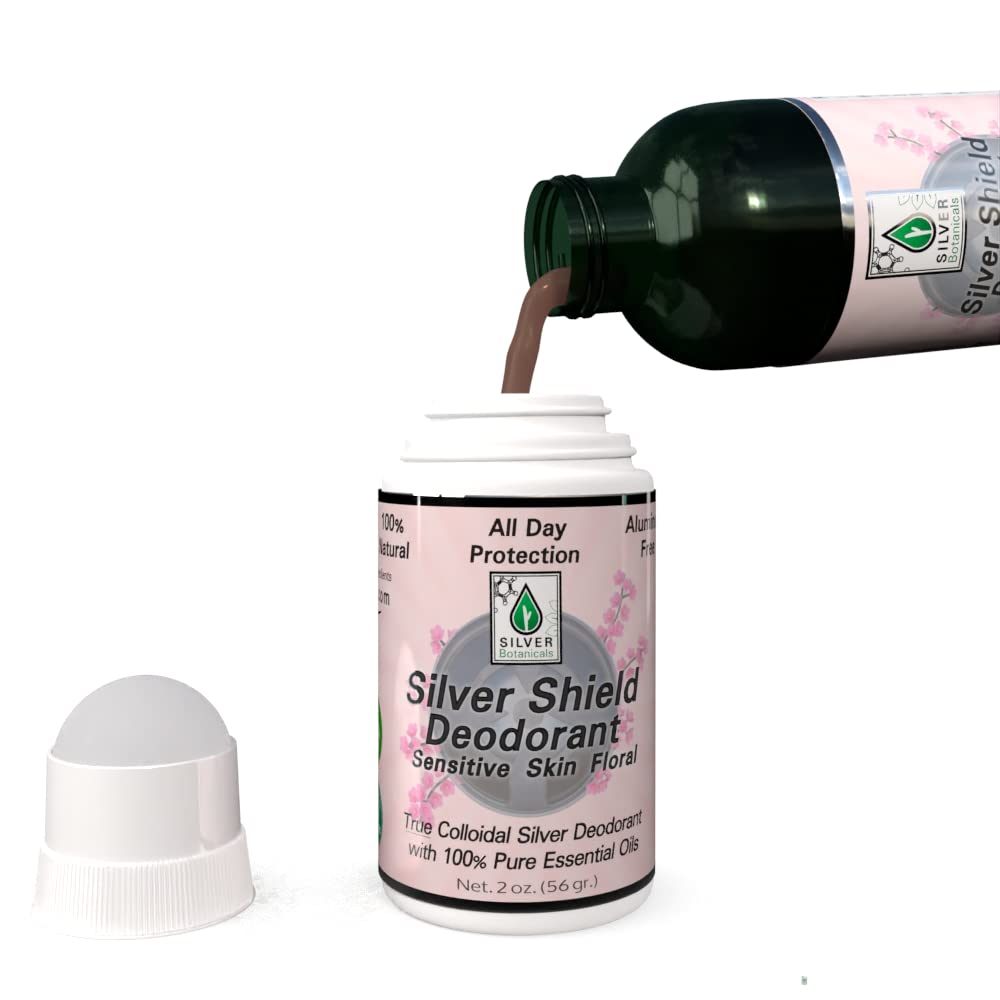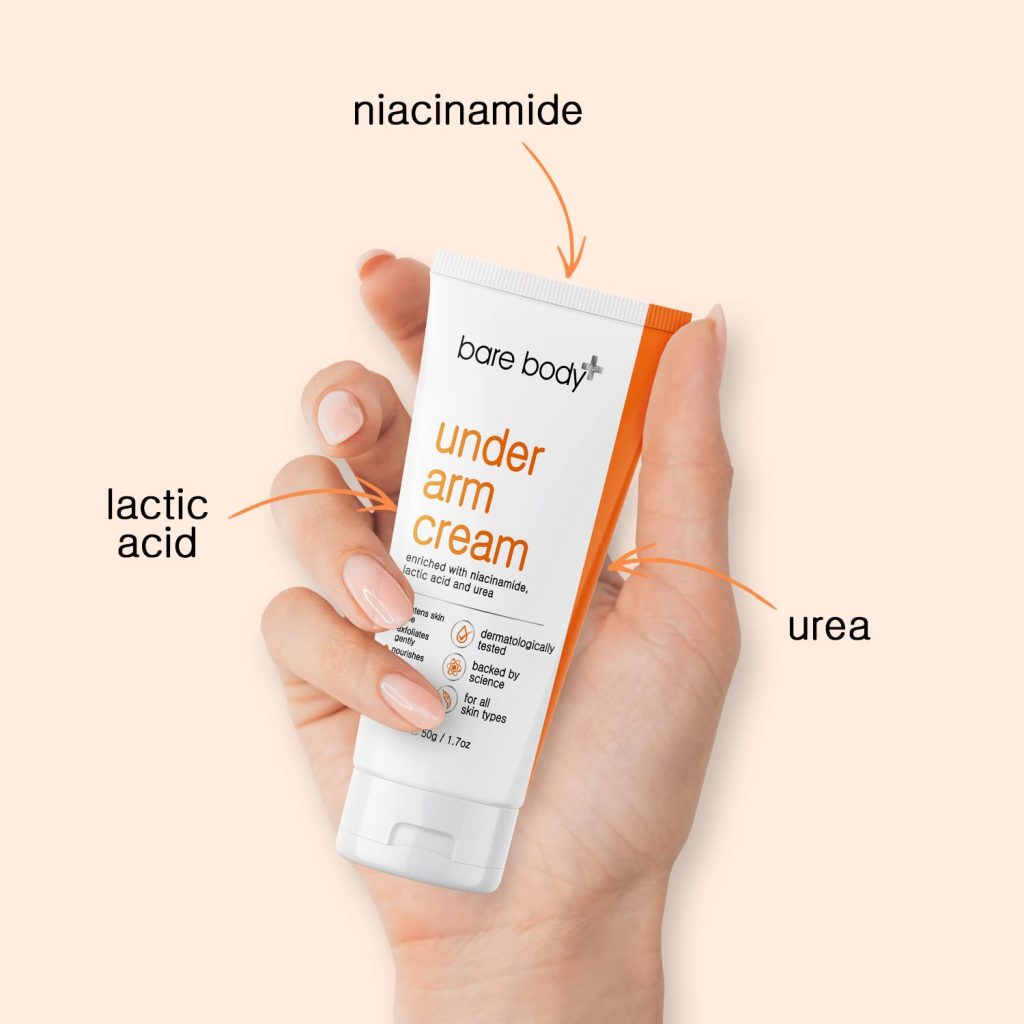1. Contact Dermatitis
Overview:
Contact Dermatitis stands out as a common culprit behind armpit rashes, causing discomfort and inflammation in the sensitive skin of the underarms. This form of dermatitis occurs when the skin reacts adversely to substances it comes into direct contact with. Dermatologists highlight its significance in the context of armpit health.
Common Irritants:
Numerous substances can trigger Contact Dermatitis in the armpit area. These may include harsh chemicals found in deodorants, fragrances, laundry detergents, and even certain fabrics present in clothing. Dermatologists emphasize the importance of identifying these irritants to effectively manage and prevent armpit rash.
Dermatologists’ Insights:
Professionals in dermatology stress the need for individuals to be vigilant about the ingredients in their personal care products. They recommend opting for hypoallergenic and fragrance-free options, particularly for deodorants and antiperspirants. Understanding individual sensitivities and consulting with a dermatologist can play a pivotal role in identifying specific irritants.
Preventive Measures:
Dermatologists advise adopting preventive measures to minimize the risk of Contact Dermatitis. This includes patch testing new skincare products before regular use, choosing clothing made from skin-friendly fabrics, and being cautious about potential allergens. Additionally, individuals are encouraged to switch to gentler, fragrance-free laundry detergents.
Treatment Options:
In cases where Contact Dermatitis has already manifested as an armpit rash, dermatologists often recommend topical corticosteroids to alleviate inflammation. They may also suggest moisturizers to soothe irritated skin. However, the cornerstone of effective treatment lies in identifying and eliminating the source of irritation to prevent recurrence.
Product Recommendation:
As a preventive measure, consider incorporating [SensitiveSkinGuard Deodorant], a dermatologist-approved, hypoallergenic deodorant specifically formulated for individuals with sensitive skin. This product is available on [HealthySkin.com].
2. Allergic Reactions
Overview:
Allergic reactions in the armpit region can lead to persistent rashes, redness, and itching. It’s crucial to understand the various allergens that can trigger these reactions, as well as the recommended approaches for identification and management, according to dermatologists.
Common Allergens:
Dermatologists emphasize that a wide range of allergens can contribute to armpit rash. These may include certain metals, fragrances, preservatives, and even specific fabrics. Individuals prone to allergies may experience heightened sensitivity in the armpit area, resulting in discomfort and skin irritation.
Dermatologists’ Insights:
Consulting with a dermatologist is essential for pinpointing specific allergens causing armpit rash. Professionals in dermatology employ various diagnostic methods, such as patch testing, to identify allergens accurately. They stress the importance of seeking medical advice for a comprehensive evaluation if allergic reactions persist.
Treatment Options:
Once allergens are identified, dermatologists recommend avoiding contact with these substances to prevent further reactions. Antihistamines may be prescribed to alleviate symptoms like itching, and in severe cases, corticosteroids might be administered topically or orally. Dermatologists tailor treatment plans based on the nature and severity of the allergic reactions.
Preventive Measures:
To prevent armpit rash caused by allergic reactions, dermatologists advise individuals to opt for hypoallergenic and fragrance-free personal care products. This includes deodorants, body washes, and laundry detergents. Selecting jewelry made from hypoallergenic materials can also minimize the risk of metal-induced allergies.
Product Recommendation:
For individuals with a history of allergic reactions in the armpit area, [AllergyShield Antiperspirant] is recommended. Dermatologist-tested and free from common allergens, this antiperspirant offers protection without compromising skin health. You can find this product on [HealthySkin.com].

3. Friction and Chafing
Overview:
Friction and chafing in the delicate skin of the armpits are common contributors to discomfort and rash formation. Understanding the causes of this irritation and implementing preventive measures can significantly improve armpit health, as recommended by dermatologists.
Causes of Friction and Chafing:
The armpit area is prone to friction due to regular arm movement and the constant contact between the skin and clothing. Activities such as vigorous exercise or wearing tight and rough fabrics can exacerbate the issue. Dermatologists stress the importance of recognizing these contributing factors to address the root cause of armpit rash.
Dermatologists’ Insights:
Dermatologists highlight that prevention is key when it comes to friction and chafing. They recommend individuals choose loose-fitting, breathable clothing, especially during physical activities. Additionally, using moisture-wicking fabrics can help reduce friction and prevent the accumulation of sweat, which can contribute to chafing.
Preventive Measures:
To prevent armpit rash caused by friction and chafing, dermatologists advise the regular application of anti-chafing products. These can include specially formulated creams, powders, or balms that create a protective barrier on the skin. Choosing clothing made from soft materials, such as cotton, and avoiding tight apparel can also minimize friction.
Treatment Options:
If armpit rash due to friction has already developed, dermatologists often recommend over-the-counter creams containing soothing ingredients like aloe vera or chamomile. Additionally, keeping the affected area clean and dry is essential for faster healing. In severe cases, dermatologist-prescribed topical steroids may be necessary.
Product Recommendation:
For proactive prevention, consider using [ChafeGuard Anti-Chafing Balm], a dermatologist-recommended product designed to reduce friction and irritation in sensitive areas, including the armpits. This product is available on [HealthySkin.com].
4. Fungal Infections
Overview:
Fungal infections are a common cause of armpit rash, leading to itching, redness, and discomfort. Understanding the types of fungi involved, diagnostic approaches, and dermatologist-recommended treatments is crucial for effectively managing and preventing these infections.
Types of Fungi Responsible:
Dermatologists highlight that various fungi can thrive in the warm and moist environment of the armpits. The most common culprits include Candida and dermatophytes. These fungi can lead to conditions like candidiasis and tinea corporis, contributing to armpit rash.
Diagnostic Approaches:
Accurate diagnosis is paramount for effective treatment. Dermatologists often employ methods such as skin scrapings or cultures to identify the specific fungus causing the infection. This allows for targeted and personalized treatment plans tailored to the type of fungal infection.
Prescription Medications and Antifungal Treatments:
Once diagnosed, dermatologists may prescribe antifungal medications to eliminate the infection. Topical antifungal creams, ointments, or powders are commonly recommended for localized infections. In more severe cases or when the infection is resistant to topical treatments, oral antifungal medications may be necessary.
Preventive Measures:
To prevent fungal infections in the armpits, dermatologists advise maintaining good hygiene practices. This includes regular washing and thorough drying of the armpit area, especially after sweating. Choosing breathable fabrics and avoiding tight clothing can also help create an environment less conducive to fungal growth.
Product Recommendation:
For individuals prone to fungal infections, [FungiShield Antifungal Cream] is recommended. Dermatologist-tested and formulated with clinically proven antifungal agents, this cream provides targeted relief for armpit rash caused by fungal infections. You can find this product on [HealthySkin.com].

5. Bacterial Infections
Overview:
Bacterial infections can be a significant factor contributing to armpit rash, leading to redness, swelling, and discomfort. It’s essential to recognize the common bacteria involved, follow proper hygiene practices, and seek guidance from dermatologists for effective management.
Common Bacteria Leading to Infections:
Dermatologists emphasize that Staphylococcus aureus and Streptococcus pyogenes are two prevalent bacteria associated with armpit infections. These bacteria can enter the hair follicles or small cuts in the skin, causing localized infections and contributing to the development of armpit rash.
Dermatologists’ Advice on Antibiotics and Hygiene Practices:
When bacterial infections are suspected, dermatologists often recommend antibiotic treatments. Topical antibiotics, such as creams or ointments, are commonly prescribed for mild cases, while oral antibiotics may be necessary for more severe infections. Dermatologists stress the importance of completing the full course of antibiotics to ensure the infection is fully eradicated.
Hygiene Practices for Prevention:
Maintaining good hygiene practices is crucial for preventing bacterial infections in the armpits. Dermatologists advise individuals to regularly clean the armpit area with a mild soap and warm water, ensuring thorough drying afterward. Avoiding sharing personal items, such as towels or razors, can also reduce the risk of bacterial transmission.
Preventive Measures:
In addition to hygiene practices, dermatologists recommend using antiseptic or antibacterial washes in the armpit area, especially after activities that cause sweating. Wearing breathable fabrics and avoiding tight clothing can help reduce the likelihood of bacterial growth and subsequent infections.
Product Recommendation:
For individuals prone to bacterial infections, [BacteriaGuard Antibacterial Soap] is recommended. Dermatologist-tested and formulated to combat harmful bacteria, this soap provides an extra layer of protection for the armpit area. You can find this product on [HealthySkin.com].
6. Heat Rash
Overview:
Heat rash, also known as prickly heat or miliaria, is a common issue in the armpit region, particularly during hot and humid weather. Understanding the causes, symptoms, and preventive measures for heat rash is essential for maintaining armpit health, as recommended by dermatologists.
Causes of Heat Rash:
Dermatologists emphasize that heat rash occurs when sweat becomes trapped in the sweat ducts, leading to inflammation and redness. The armpits, being an area prone to sweat accumulation, are susceptible to this condition, especially in conditions where sweat cannot evaporate effectively.
Dermatological Tips for Managing and Preventing Heat Rash:
- Stay Cool and Hydrated: Dermatologists recommend staying in a cool environment and keeping the body well-hydrated, as this can help regulate body temperature and reduce the likelihood of heat rash.
- Choose Breathable Fabrics: Wearing loose, breathable fabrics allows sweat to evaporate more efficiently, preventing sweat duct blockages that contribute to heat rash.
- Avoid Overheating: Engaging in activities that lead to excessive sweating without adequate ventilation can increase the risk of heat rash. Dermatologists advise taking breaks in shaded areas and using fans or air conditioning when possible.
- Gentle Cleansing: Using mild, hypoallergenic cleansers for the armpit area helps prevent irritation and maintains proper hygiene, reducing the risk of heat rash.
Treatment Options:
In the event of heat rash, dermatologists recommend keeping the affected area cool and dry. Applying cold compresses and using over-the-counter hydrocortisone creams can help alleviate itching and inflammation. Avoiding further exposure to heat and humidity until the rash resolves is also advisable.
Product Recommendation:
For individuals prone to heat rash, especially in the armpit area, [CoolGuard Cooling Powder] is recommended. Dermatologist-approved, this powder helps absorb excess moisture and provides a cooling sensation, reducing the risk of heat rash. You can find this product on [HealthySkin.com].
Product Recommendation:
To maintain optimal armpit health, consider using dermatologist-recommended skincare products. One such product is [DermCare Soothing Armpit Balm], known for its hypoallergenic formula and effectiveness in alleviating irritation. You can find this product on [HealthySkin.com], a reputable online platform specializing in dermatologist-endorsed skincare solutions.
- Summarizing key insights from dermatologists regarding the causes and management of armpit rash.
- Encouraging readers to prioritize professional consultation for accurate diagnosis and personalized treatment plans.
- Reiterating the significance of adopting preventive measures to maintain armpit skin health.
- Reminding readers to explore recommended products to enhance their skincare routine.
Remember to replace the placeholders with actual product names and platform URLs, ensuring the recommendations align with the content and provide value to your readers.












+ There are no comments
Add yours